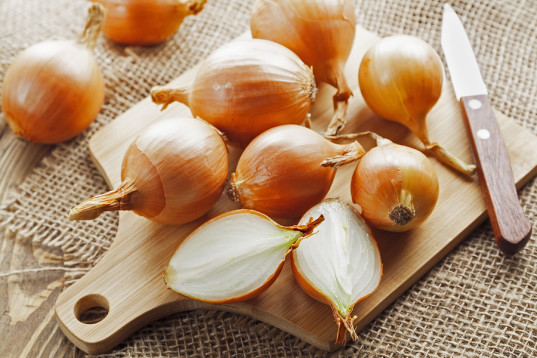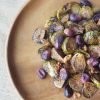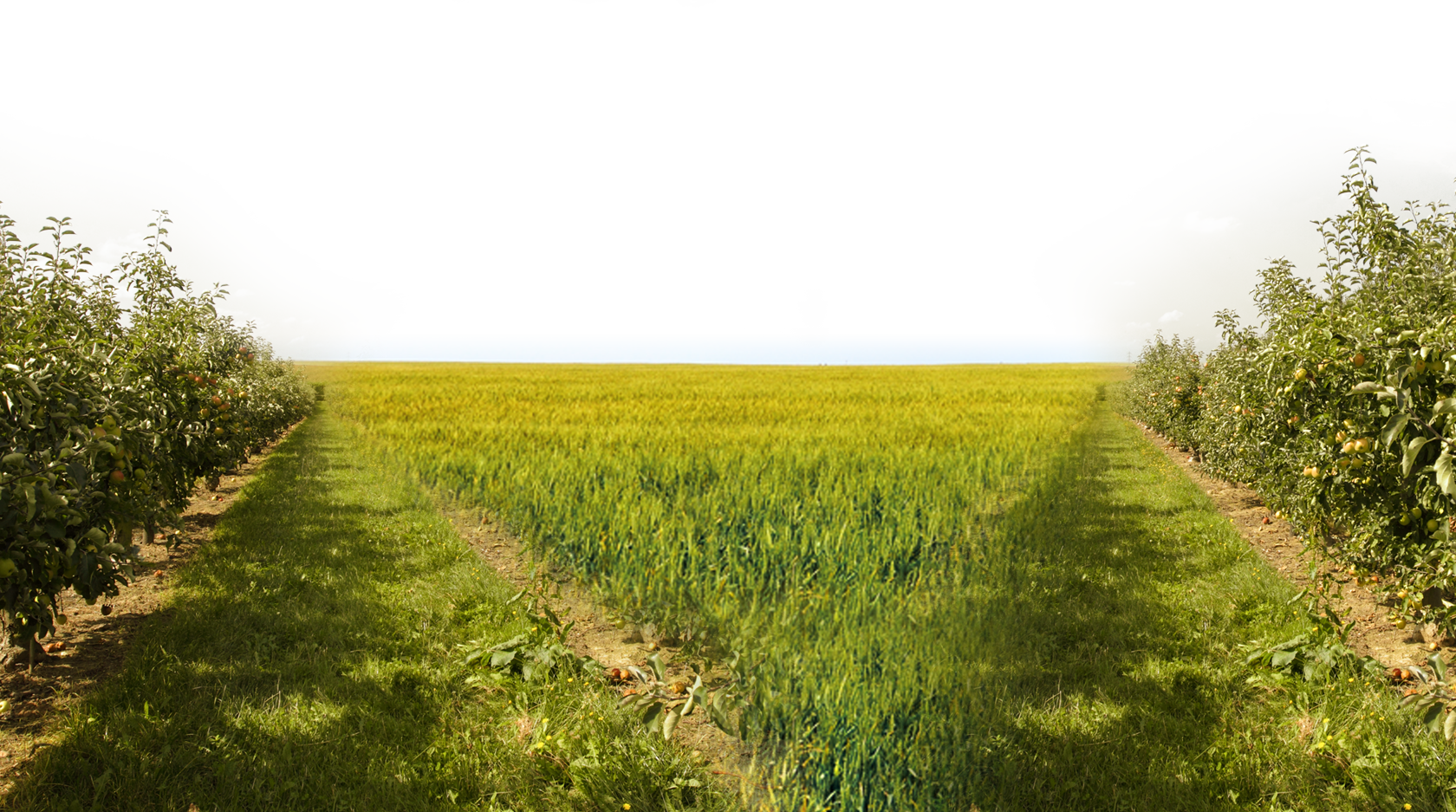
The sweet taste (and nutrition) of springtime onions
By Linda Bonvie | 0 Comments | Posted 05/02/2015
Peeling an onion and munching it like an apple might seem a tad tough on the pallet — and on the breath as well. But not if the onion you’re eating is one of America’s famed sweet onions, made famous via the town – and soil — of Vidalia, located in Toombs County, Georgia.
May and June are prime times for finding the famed Vidalias at supermarkets and produce stands, when the just-harvested onions are at their peak of flavor and healthfulness.
Along with its flavor, the Vidalia has a unique history.
Mose Coleman, a Toombs County farmer, is credited with essentially discovering the uniqueness of the Vidalia onion in 1931, after he began growing the bulb vegetable during the Great Depression. While onions were surely nothing new, being one of the most famed vegetables in world history, the Georgian farmer was astounded by the way the local soil produced a distinctively sweet and surprisingly mild onion. He quickly began marketing his product locally, reporting his onions were so sweet they could be eaten like a piece of fruit. Customers immediately agreed.
Before long, Coleman was selling his signature onions for $3.50 per fifty-pound bag, a bonanza at the time. Nearby farmers hopped aboard the sweet onion train.
Per the Georgia Vidalia Onion Committee, “Word of ‘those sweet onions from Vidalia’ began to spread throughout the state, and a name was born.”
The popularity of the Vidalia onion quickly went national – and, eventually, global.
Not that the Vidalia was the first sweet onion in the nation. “Bermuda” onion seeds had been introduced to south Texas soil in 1898. The soil there also produced an easily recognizably sweet and mild onion. However, that product’s popularity was limited by the market, which was almost exclusively Milwaukee, Wisconsin.
Also, vying for sweetness and popularity is the Walla Walla onion, brought to the state of Washington in 1900 by a French soldier bearing onion seeds from Corsica, Italy.
Because they’re so much easier to consume than their acerbic siblings, such ‘Americanized’ sweet onions have maximized the health benefits of this nutrient-dense vegetable.
No matter which kind you prefer, the onion, along with being low in calories, is a nutritional powerhouse, rich in vitamins, minerals, antioxidants and flavonoids.
Veggie tip: Many of the health features of onion are more concentrated in the outer layers of the flesh. According to The World’s Healthiest Foods (http://www.whfoods.com), “To maximize your health benefits, peel off as little of the fleshy, edible portion as possible when removing the onion’s outermost paper layer. Even a small amount of ‘overpeeling’ can result in unwanted loss of flavonoids.”
Sweet onions lend themselves to refrigerator storage. However, due to the veggie’s high moisture, each onion should be individually wrapped — paper towels work fine — and stored in the crisper drawer. “A few will naturally go bad, but many will keep for months,” says the Georgia Vidalia Onion Committee.
Sweet onions can also be cut and dried at low heat, either in the oven or in a food dehydrator. Once dried (not browned), place in airtight container and store at room temperature.
Another storage method consists of chopping onions, arranging them in a single layer on a cooking sheet and placing them in the freezer until solidly frozen. Then you should quickly transfer the frozen chopped onions into freezer bags or containers and return to them to the freezer, from which amounts can be removed as needed.
Sweet onions can also be cored and frozen whole in freezer bags, though whole-frozen onions should be used for cooking only.
Here’s a great sweet onion recipe for Sweet Vidalia Pimento Cheese (http://www.vidaliaonion.org)
Ingredients: 4 cups freshly grated sharp cheddar cheese
1 small Vidalia onion grated, about 1/2 cup
1/2 tsp salt
1/4 cup + 2 tablespoons chopped pimentos or jarred roasted red peppers
1/2 cup mayonnaise
Instructions: Put all ingredients into bowl of food processor fitted with metal blade. Pulse until blended to desired texture: should be a little chunky. Serve traditionally on white loaf bread as a sandwich or use as a dip with fresh vegetables (celery, carrots, etc.) or crackers.


 Contact us
Contact us



























